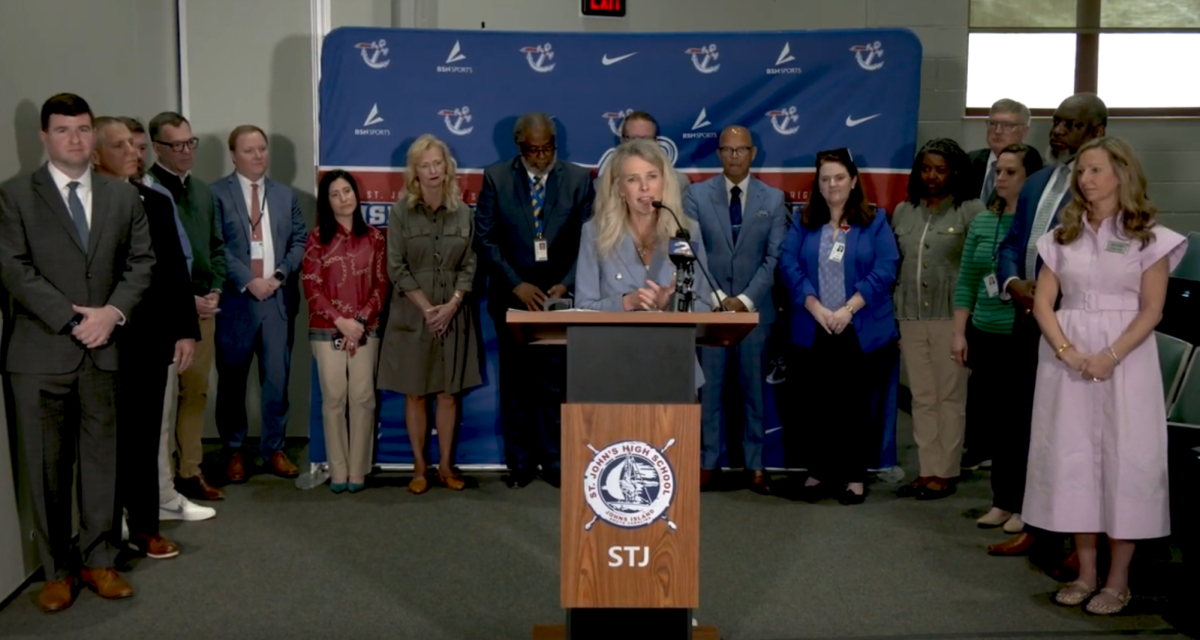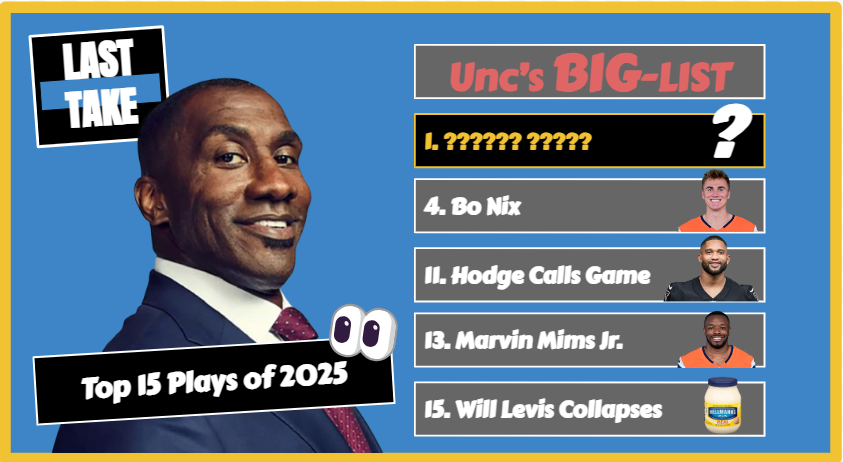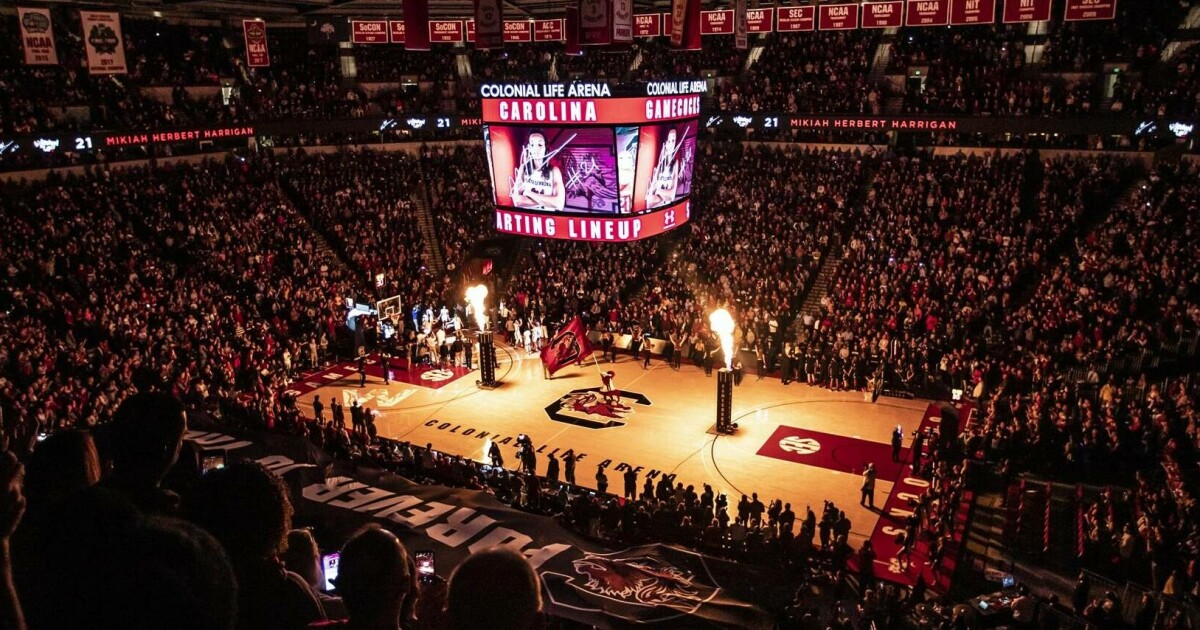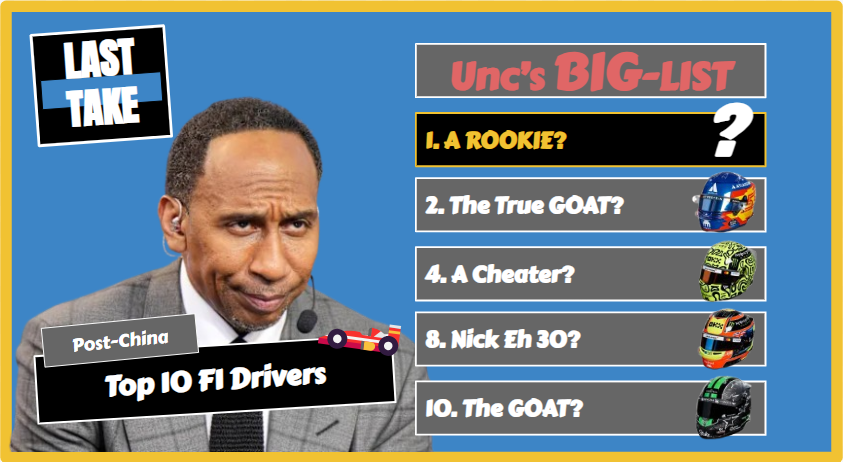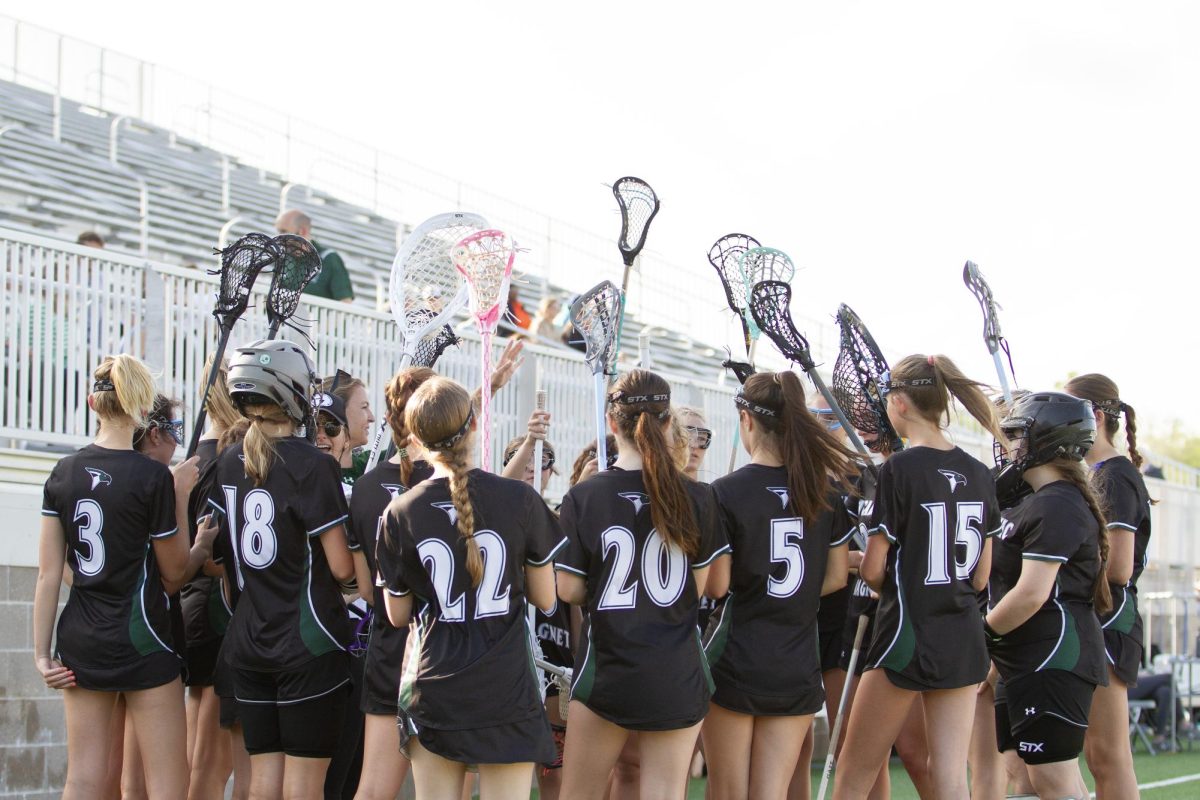Ever since the Supreme Court decision to allow college athletes to use their name, image, and likeness to promote brands, college athletics have changed drastically. With the rise of NIL, wealthy schools have risen to the top of the athletic world, not just in basketball. This year however with the March Madness tournament the effects of NIL are as clear as day. The tournament this year has been missing the “madness” that it is famous for. All four first seeds are in the Final Four, and the highest seeded team in the Elite Eight was a 3 seed. There was no Cinderella team this year that stole the hearts of sports fans around the world. The two main causes at the heart of this issue are NIL and the transfer portal.
 The financial side of college basketball is evident when looking at the NIL difference between mid-major schools, and large state schools. For example, the University of Arkansas received large donations, especially from billionaire John Tyson, which boosted their NIL budget to $5 million. This allowed them to bring in a high level coaching staff, and top recruits in the off-season. Schools like Loyola-Chicago, who made a deep tournament run a couple years ago, just cannot compete with these massive payrolls.
The financial side of college basketball is evident when looking at the NIL difference between mid-major schools, and large state schools. For example, the University of Arkansas received large donations, especially from billionaire John Tyson, which boosted their NIL budget to $5 million. This allowed them to bring in a high level coaching staff, and top recruits in the off-season. Schools like Loyola-Chicago, who made a deep tournament run a couple years ago, just cannot compete with these massive payrolls.
Usually March Madness is known for its inspiring Cinderella team, who make unlikely deep runs in the tournament. Most of the time these schools have veteran senior players and take on inexperienced freshman teams from powerhouse schools. With NIL however this has changed. Players are now staying longer in college because they can make money instead of making the jump to the NBA. Additionally, NIL and the transfer portal has made it harder for these smaller schools to retain their good players. Some big schools do not even recruit highschoolers anymore. Instead they poach proven players from smaller teams.
 While NIL does have some drawbacks, it has made for some memorable moments in the past years. Many star players on Cinderella teams have signed a multitude of NIL deals, which they would not get if they were not in the tournament. This year McNeese’s student manager stole all our hearts and was propelled into the spotlight. He first became famous when he walked out with the team before games. Because of his new found fame, he signed many NIL deals, like Buffalo Wild Wings, Tick Pick, and Insomnia Cookies. This is the good side of NIL, allowing students who come into the spotlight to make money and not persecuting them for wanting to. However it is when NIL leaks over into recruitment that puts the smaller schools at a disadvantage.
While NIL does have some drawbacks, it has made for some memorable moments in the past years. Many star players on Cinderella teams have signed a multitude of NIL deals, which they would not get if they were not in the tournament. This year McNeese’s student manager stole all our hearts and was propelled into the spotlight. He first became famous when he walked out with the team before games. Because of his new found fame, he signed many NIL deals, like Buffalo Wild Wings, Tick Pick, and Insomnia Cookies. This is the good side of NIL, allowing students who come into the spotlight to make money and not persecuting them for wanting to. However it is when NIL leaks over into recruitment that puts the smaller schools at a disadvantage.
March Madness remains as thrilling as ever, but the way teams compete and succeed has changed. The transfer portal has created a new era of player movement, making roster construction more fluid than ever, while NIL has empowered athletes and altered recruiting dynamics. Whether these changes will ultimately benefit or harm the tournament is still up for debate. Only time will tell if NIL proves beneficial for the future of college basketball.





